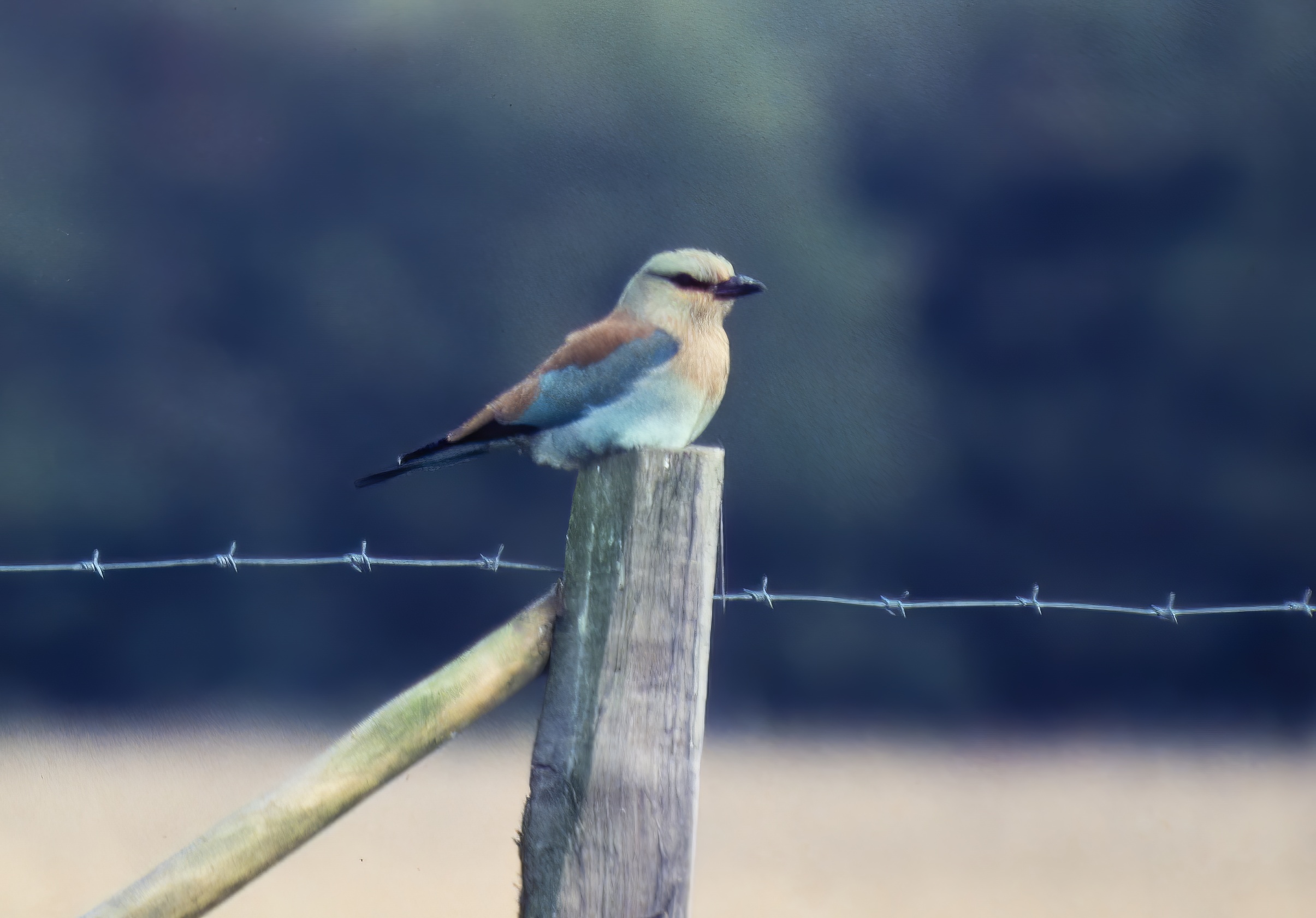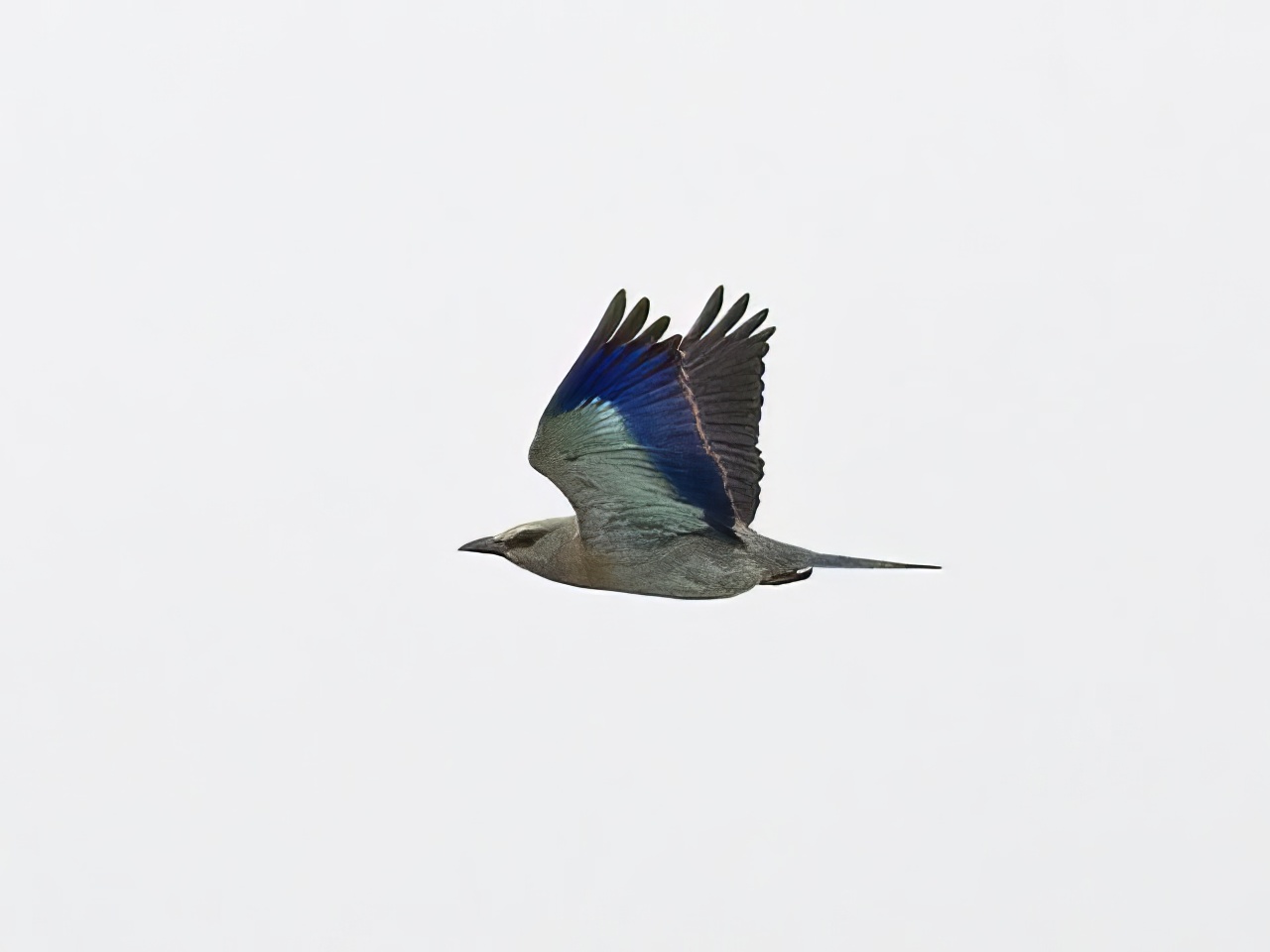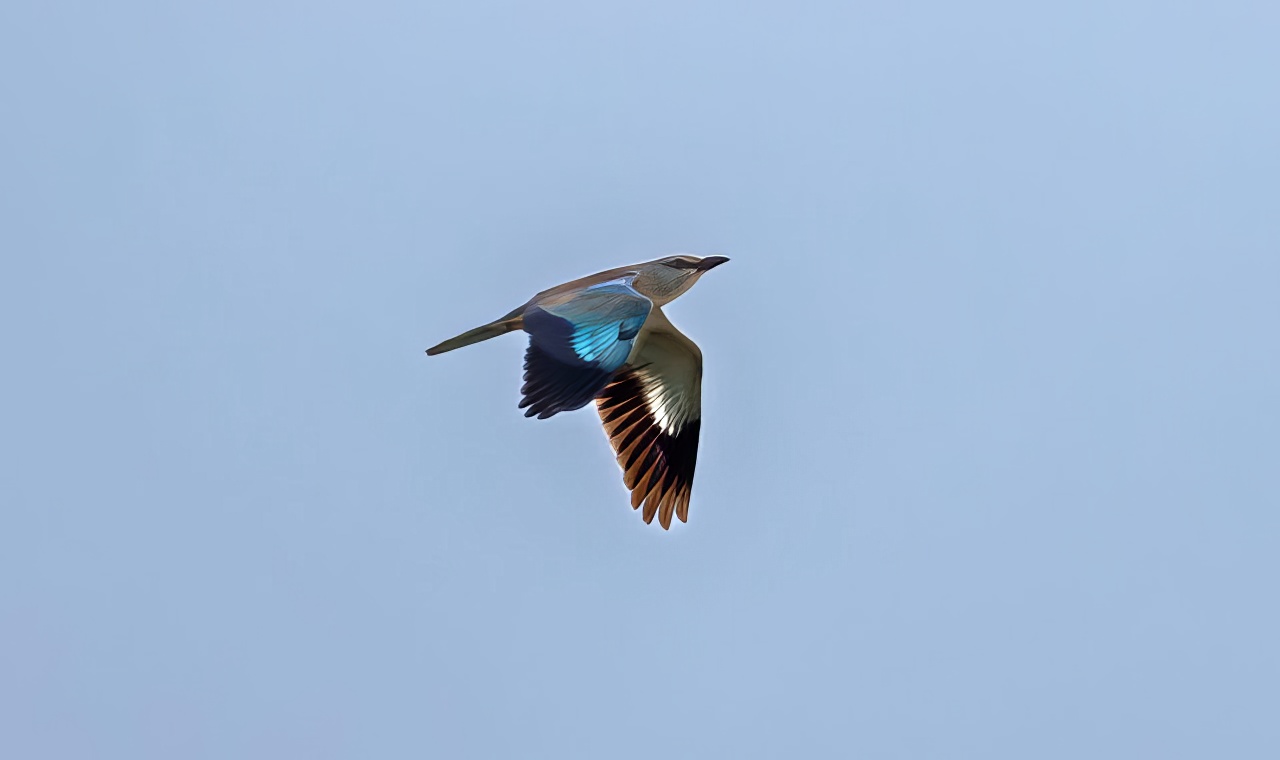Roller Coracias garrulus



The historical records mostly involve birds that were shot. That includes the first example at Keddington, near Louth, which was reported to J. Cordeaux by the Louth taxidermist, Edward Clayton, though we do not seem to know who actually shot it. The bird at Grainthorpe in 1962 also was shot, apparently “in mistake for a Jay”. The immature bird in October 1983 obligingly stayed for 18 days, and as the bird in 2008 was a fly-through seen by one observer only, county birders had to wait until August 2022 to catch up with this increasingly rare visitor to Britain. The BBRC report for 1983 noted that 17 of the 49 Rollers recorded in the last 15 years (to 1983) had been in Scotland; of the 12 in September-October in that period, seven had been in Scotland and the other five were on the east coast, suggesting that autumn Rollers in Britain come from the east rather than from the south.
We have excluded two other possible records: one shot at Muckton Wood near Louth in 1883 was recorded as an Indian Roller, C. benghalensis, but seems more likely to have been a 1CY C. garrulus; another said to have been seen at Gautby near Horncastle "a few years prior to 1900" but details are scant and not acceptable by todays standards.
Rollers have declined across its European breeding range over the last 60 years, with countries such as Germany, Switzerland, Denmark, Finland and the Czech Republic, losing their breeding populations. This decline is reflected in the numbers recorded in Britain, and during 2000-2021 there have been just 26 British records. A third of all British records have occurred in June, with a spread from March to October. The average during that time is about 1-2 per year, whereas during 1960-1979 it was 2.75 per year.
| Site | First date | Last date | Count | Notes |
| Keddington | October 1863 | 1 | Immature bird, shot, which came into the possession of Mr. Alliss, of York (The Zoologist,1865, p. 9418). | |
| Elsthorpe Grange, Elsthorpe, Bourne | 10/05/1871 | 1 | Shot. | |
| Marshchapel | 1900 | 1 | Shot, exact date not known. | |
| Brackenborough | 29/08/1901 | 1 | ||
| Brackenborough | 26/09/1901 | 1 | Presume same bird as on August 29th. | |
| Grainthorpe | 13/06/1962 | 1 | Shot, allegedly mistaken for a Jay. | |
| Highall Wood, Woodhall Spa | 02/10/1983 | 19/10/1983 | 1 | |
| Donna Nook | 28/05/2008 | 1 | Flew in from the north, alighted briefly then continued south in the direction of North Somercotes | |
| Timberland Fen | 21/08/2022 | 27/08/2022 | 1 | 1CY bird. |
Finder's report: Roller at Woodhall Spa, October 1983.
by Tony Barmby
Note: this was the first record since 1962 and the first in the era of "Finders Reports". There were four British records in total in 1984.
On a grey overcast day, October 2nd, 1983, I decided to walk through Highall Wood, just northeast of Woodhall Spa, and then back along the old railway track that forms the Viking Way. On coming to a break in the hedge that lines the track, I disturbed a bird sitting close to the track. It flew off to a post 100m away in a fence dividing two fields of grass and scrub. A dark chestnut back and bright blue wings were noticeable as it flapped away jay-like, to the fence. It was 17.45 hr. and for the next half hour I watched it feeding from the fence posts. Perched on a post it looked sharply about then flew to the ground to feed before returning to the post. It finally flew off into Highall Wood.
Description
The bird was about 16 inches long, the head about 2-3 ins. The bill was straight and black, not quite as long as the head, and led into a black eye-stripe. The head and chest were light grey becoming blue-brown while the belly and flanks were pale blue. The back was chestnut and tail which was slightly shorter than the body was black. Only when spread did the wings reveal the azure blue carpal patches and wing linings with black primaries and secondaries.
Additional notes (G. P. Catley)
For the sake of completeness a few details not included in the above description and a few minor differences in plumage are included here. Many people were very grateful to Tony for reporting his find so quickly and enabling them to see this delightful bird.
Bill stout and black, pointed at tip; black line from bill to eye broader around eye and tapering off upturned behind eye. Crown and nape buffish with a bluish tinge to several feathers. Chin, throat, and upper breast cinnamon-buff demarcated from pale turquoise lower breast and belly and feathers tipped white. Mantle chestnut. Rump bluish. On closed wings a bright turquoise patch at the carpal. Wing coverts deep turquoise but primary coverts much brighter, same as carpal. Tertials chestnut slightly paler than mantle. Primaries black. Tail dark greenish-brown in centre with wedge of pale turquoise on either edge narrowing across the tip and split by downward projection of two central tail feathers. Undertail similar pattern. Legs and feet dull brown.
In flight upperwings showed black flight feathers with pale turquoise mid-wing panel and very bright turquoise carpal patches and a deep marine-blue line along the lesser coverts. Underwing coverts were bright turquoise, the brightest part of the bird. Underside of flight feathers a deep marine blue with black tips.
Reference
Barmby, T. and Catley, G.P. (undated). Roller near Woodhall Spa, October 1983. Lincolnshire Bird Report 1983, p54.
(Account prepared December 2017; updated with reference to the new Birds of Lincolnshire (2021), October 2022)

